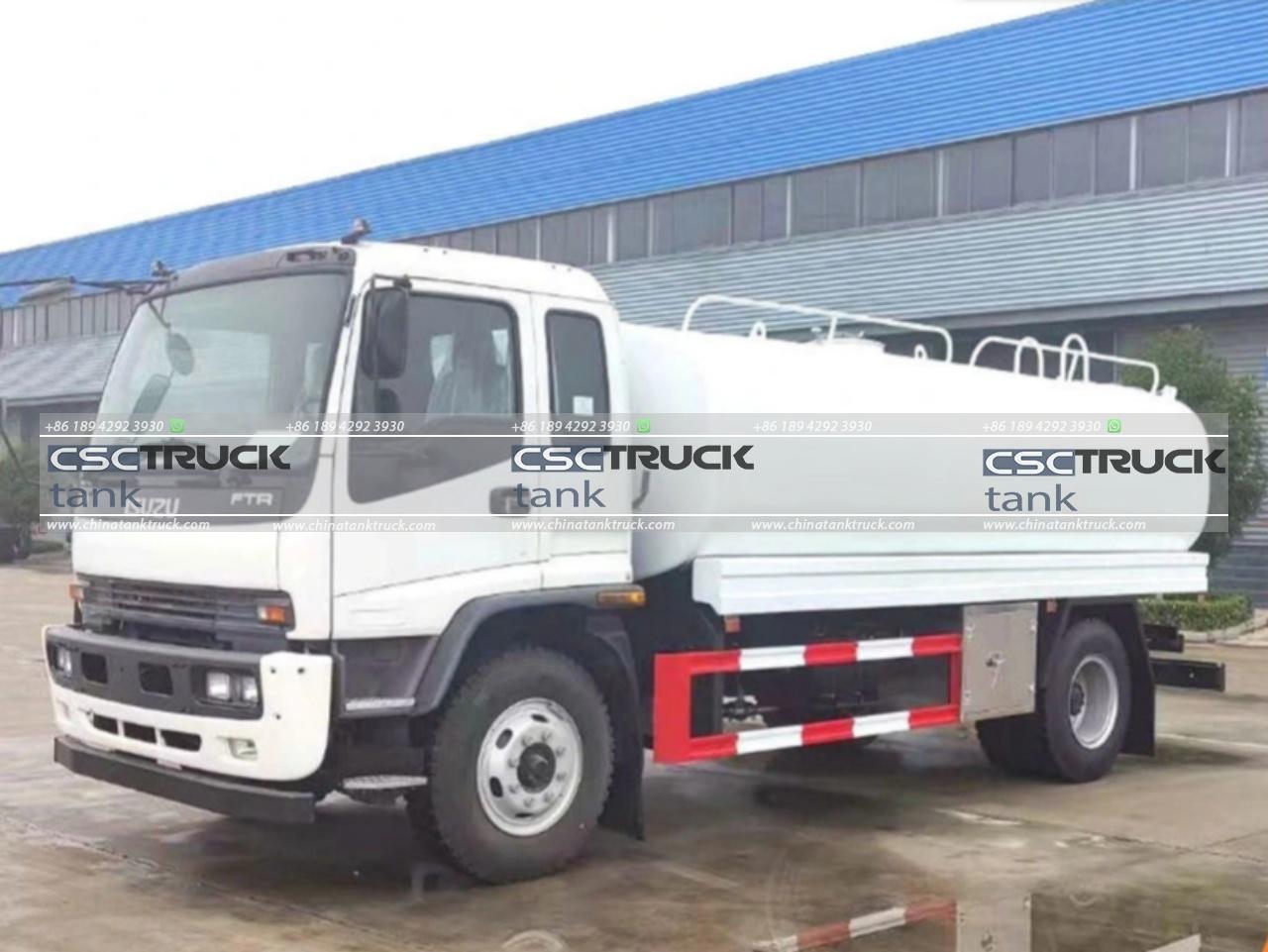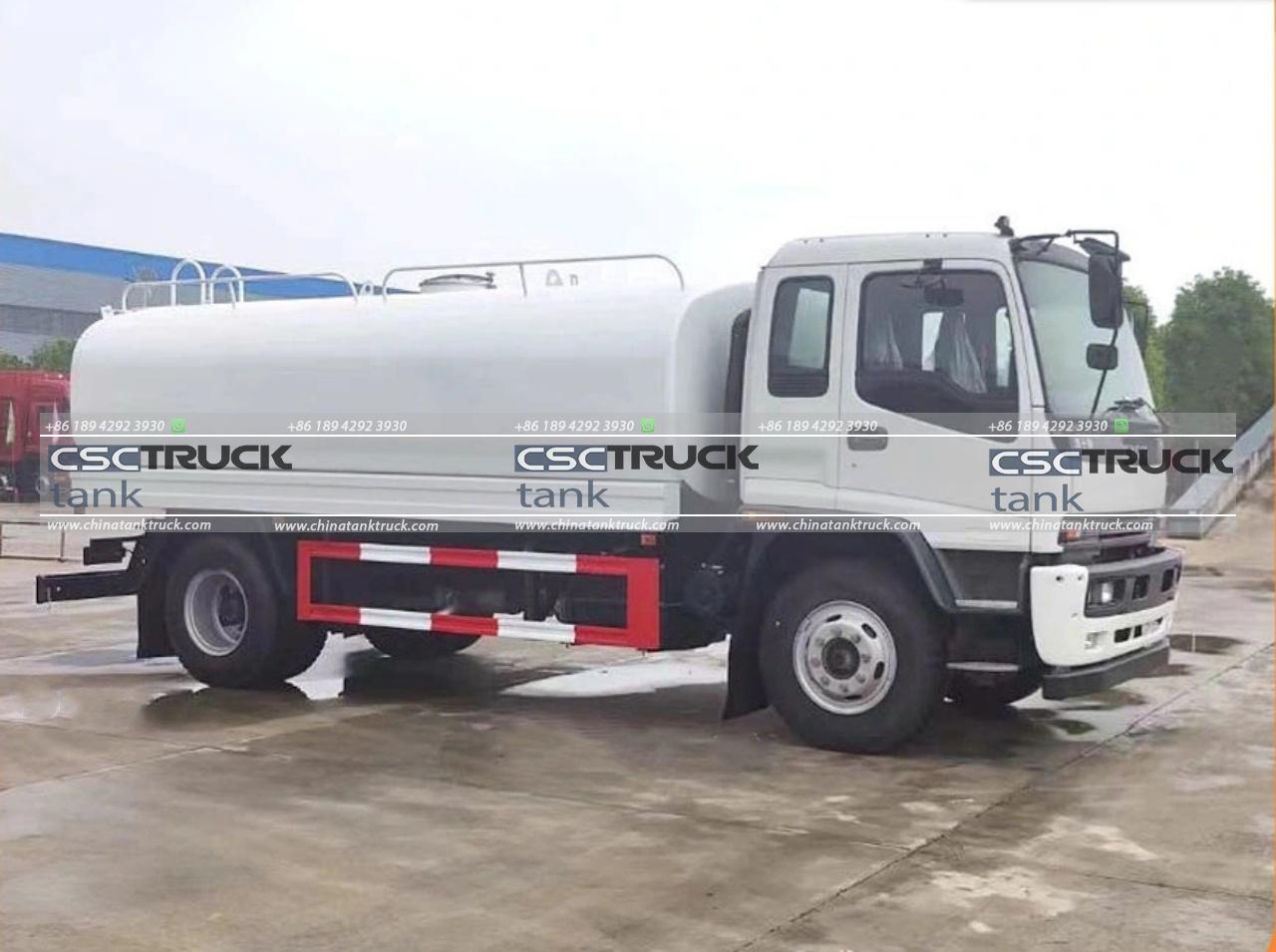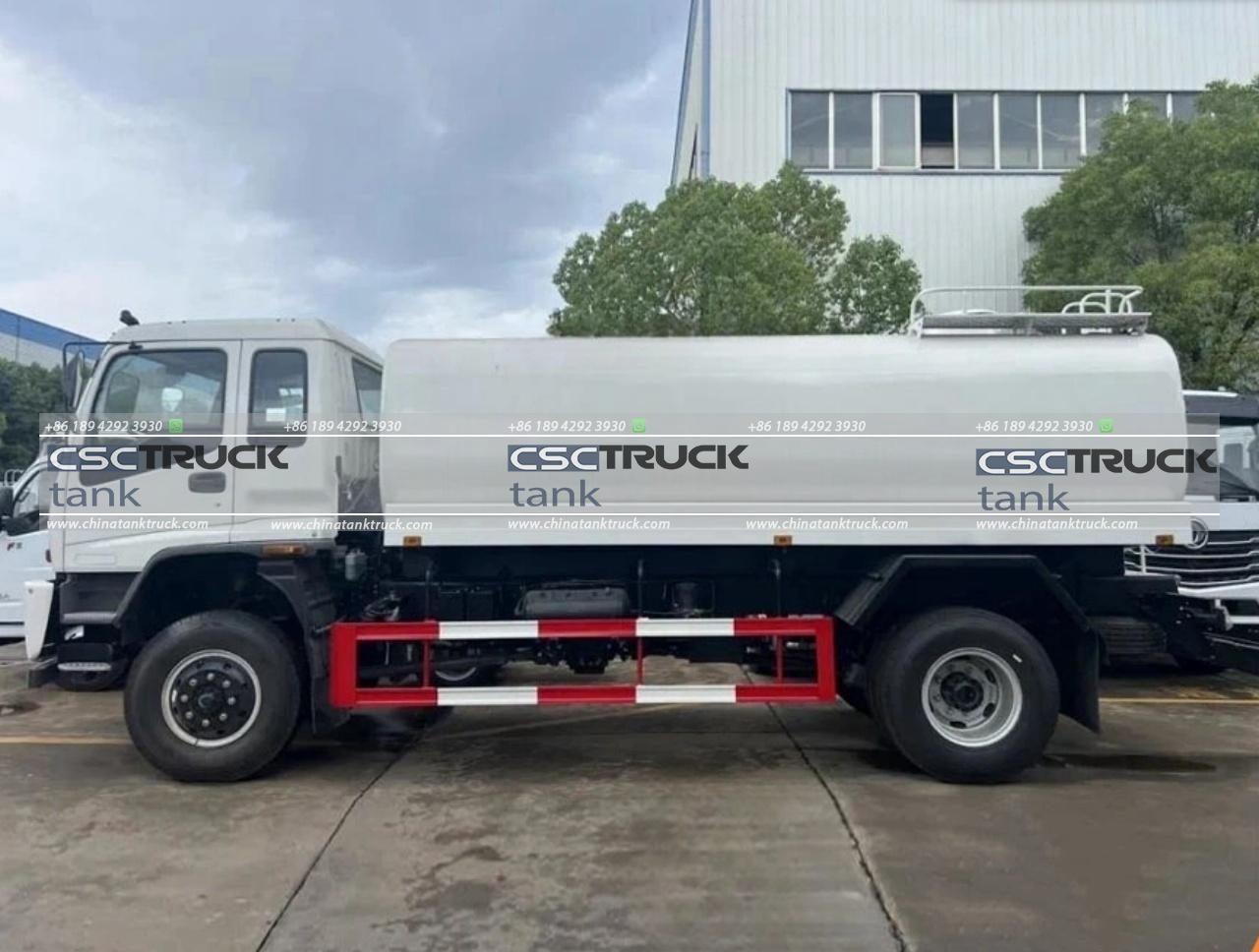What is Milk Capacity?
Milk capacity is a term that might initially seem straightforward but can encompass a range of concepts depending on the context. Broadly, milk capacity refers to the ability of a container, system, or process to hold, store, or manage milk. This concept can be relevant in various fields, including dairy farming, food processing, and even in the design of household appliances. This article explores the multifaceted nature of milk capacity, its significance, and its applications.
Understanding Milk Capacity in Dairy Farming
In dairy farming, milk capacity often pertains to the amount of milk that dairy animals can produce and the storage capacities required to manage this production efficiently. For dairy cows, this includes the daily milk yield, which varies significantly among breeds, individual cows, and their stage of lactation. Understanding a cow’s milk capacity helps farmers optimize feed, manage breeding schedules, and improve overall herd productivity.
1. Milk Yield Measurement
Milk yield is typically measured in liters or gallons per day. For instance, a high-producing dairy cow might yield between 25 to 30 liters (approximately 6.5 to 8 gallons) of milk per day, while lower-producing breeds might yield less. Monitoring milk yield is crucial for farmers to assess the health and productivity of their cows and to make informed decisions about herd management.
2. Storage Capacity
Once milk is produced, it needs to be properly stored to maintain its quality. Storage capacity in dairy farming involves both on-farm storage tanks and transportation containers. Large-scale dairy operations use bulk tanks with capacities ranging from 1,000 to over 10,000 liters (264 to 2,641 gallons) to store milk before it is transported to processing facilities. These tanks are designed to keep milk at the optimal temperature to prevent spoilage.

Milk Capacity in Food Processing
In food processing, milk capacity extends beyond production to include the ability of processing equipment and facilities to handle, process, and package milk. The efficiency of these processes is crucial for meeting consumer demand and ensuring product safety.
1. Processing Equipment
Processing equipment must have sufficient capacity to handle large volumes of milk. This includes pasteurizers, homogenizers, and separators, which process milk to ensure it is safe for consumption and meets quality standards. For example, a pasteurizer’s capacity might be measured in liters per hour, and larger facilities will use equipment that can process thousands of liters daily.
2. Packaging and Distribution
Once processed, milk needs to be packaged and distributed efficiently. The capacity of packaging machinery, such as bottling lines and carton fillers, is essential for maintaining a steady supply of milk products. Facilities are often designed to handle high volumes of milk, with packaging lines capable of filling thousands of bottles or cartons per hour.
Household and Kitchen Appliances
On a more personal scale, milk capacity can refer to the volume of milk containers used in households. This includes everything from milk jugs and cartons to appliances like refrigerators that store milk.
1. Milk Containers
Milk containers come in various sizes, from small cartons holding a liter (or quart) to larger jugs and bottles. The capacity of these containers is designed to meet consumer needs and preferences, balancing convenience with freshness.
2. Refrigeration
Refrigerators must have adequate capacity to store milk along with other perishable items. Many modern refrigerators come with specialized compartments or drawers designed to keep milk at the ideal temperature. The internal design of these appliances, including shelf space and cooling efficiency, affects how well milk can be stored.

The Role of Milk Capacity in Environmental and Economic Contexts
1. Environmental Impact
The concept of milk capacity also ties into environmental concerns. Efficient use of storage and processing capacity can reduce waste by minimizing spoilage and optimizing transportation routes. Advances in refrigeration and packaging technology have made it possible to extend the shelf life of milk, which helps reduce environmental impact by lowering the volume of discarded milk.
2. Economic Considerations
From an economic standpoint, understanding and optimizing milk capacity can lead to cost savings for dairy farmers and processors. Efficient storage and processing reduce overhead costs, and higher yields can improve profitability. Additionally, economies of scale often come into play, where larger facilities and operations benefit from reduced costs per unit of milk processed.
Challenges and Future Directions
1. Technological Advances
The dairy industry is continually evolving with technological advances aimed at improving milk capacity management. Innovations in sensor technology, automated systems, and data analytics help farmers and processors better monitor milk yield, quality, and storage conditions.
2. Sustainability
Sustainability is a growing concern in the dairy industry. Future advancements are likely to focus on reducing the environmental footprint of milk production and processing. This includes improving the efficiency of milk production, reducing waste, and developing sustainable packaging solutions.
3. Global Variability
Milk capacity needs can vary significantly around the world due to differences in dairy farming practices, consumer demand, and infrastructure. Understanding these regional variations is crucial for global trade and the development of localized solutions to meet specific needs.

Conclusion
Milk capacity is a versatile concept that spans multiple domains, from dairy farming and food processing to household appliances and environmental considerations. Understanding milk capacity helps ensure efficient production, storage, and distribution of milk, ultimately benefiting consumers and producers alike. As technology and sustainability practices continue to evolve, the concept of milk capacity will undoubtedly adapt, leading to more efficient and environmentally friendly practices in the dairy industry.

